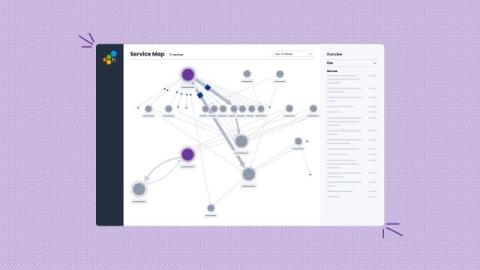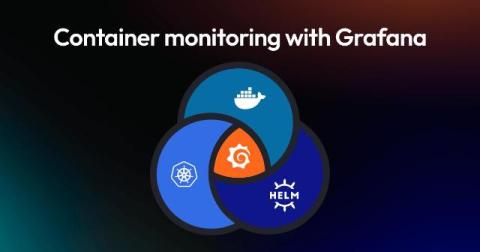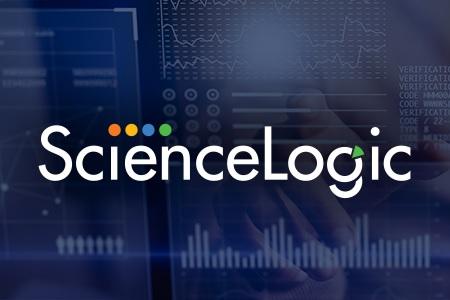Elevating SolarWinds Observability for Hybrid IT Environments
Exciting times here at SolarWinds. We’re uniting our Self-Hosted and SaaS observability offerings under a single umbrella, SolarWinds Observability, and announcing a host of enhancements that will allow us to go even further to meet our customers' hybrid IT needs. Let’s take a look at what’s in store.











